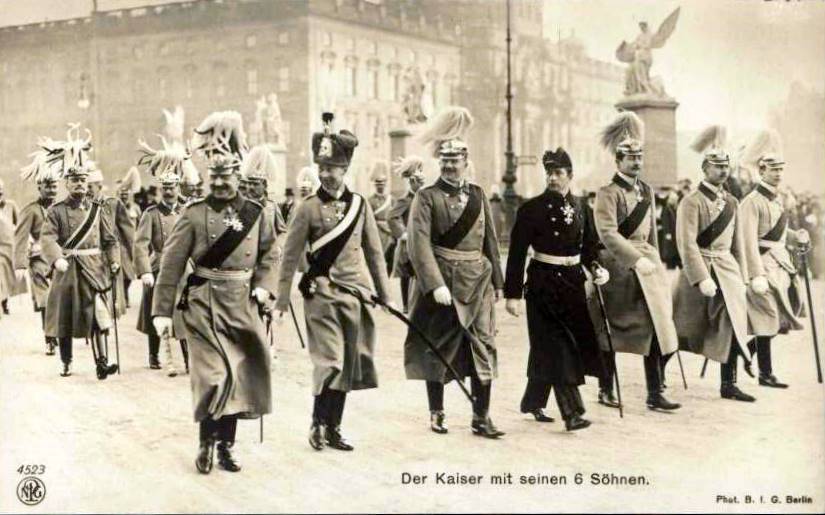The new bad boy in girls’ lives, & other complex natsec issues
Tuesday, May 8th, 2018[ by Charles Cameron — Trump hits Iran-ball hoping to put N-Korea-ball in the pocket? ]
.
Bad boy?
**
Consider this:
The drivers of various significant natsec behaviors from a natsec perspective, can be pretty hard to characterize, pin down, and model. To take just today’s example (well, yesterday’s):
WaPo, MS-13 is the new bad boy in girls’ lives
Think about it, just skim the surface, and it’s obvious. Of course, MS-13 would be the new bad boy in girls’ lives. But what does that mean? Who has mapped the way in which girl’s lives might require or enjoy bad boys, and how gang identity, and thus by entension the game itself, might fulfill that requirement, that need.
How true was it that ISIS or AQ was in its day the bad boy in girls’ lives?
It seems pretty obvious Mick Jagger was bad boy in girls’ lives, back when Paul McCartney was the boy those same girls could bring home to meet the parents.
Is extremism always the bad boy in girls’ lives?
And once we’ve wondered about a few exmples, we need to reflect on the ornery nature of individual human psychology.
**
God says, “But of the fruit of the tree which is in the midst of the garden, God hath said, Ye shall not eat of it, neither shall ye touch it, lest ye die” — and what’s the very next thing the fledgling humans do?
Or as Wallace Black Elk said to me, “stolen watermelon tastes best.”
Those two are fairly straightforward, the message is simply “humans are liable to do the exact opposite of what might be intended or predicted. But then there’s this, anecdotal to be sure, but I can voich for it myself:
In my early thirties, I made my way cross-country to Inia along the hippie trail, and in the midst of majestic mountains in Iran, I got out of the van, did a headstand, and made a vow to give up smoking. I climbed back into the van, and ten minutes later had another cigarette. Ah, but I didn’t bite my nails — up to that time a long-established habit — for almost a decade..
Go figure. There’s a logic there, but it involves a sidestep. Or, as they say, some wires got crossed.
And it gets worse.
**
Blaise Pascal‘s observation in his Pensées (1623-1662) opens the possibility that any number of undertows may suddenly erupt and sweep us off in unforeseen directions:
Le cœur a ses raisons que la raison ne connait point. The heart has its reasons of which reason knows nothing
**
Or to give you a vivid example of the same pattern of process torn from this day’s news — and threatening thousands of Hawaiian householdsL
On April 30, the floor of a crater on top of the Kilauea volcano collapsed, sending its pool of lava back underground and causing small earthquakes. Scientists predicted the magma would travel elsewhere and push its way back to the surface somewhere in the East Rift Zone.
They were correct.
Days later, the ground split open on the east end of Leilani Estates, exposing an angry red beneath the lush landscape. From the widening gash, molten rock burbled and splashed, then shot dozens of feet in the air.
The Hawaii County Civil Defense Agency called it “active volcanic fountaining.” Some residents said it was Pele, the Hawaiian volcano goddess, coming to reclaim her land. About 1,700 Leilani Estates residents were ordered to evacuate amid threats of fires and “extremely high levels of dangerous” sulfur dioxide gas.
Soon, another such fissure had formed a few streets to the west. Then another, and another. For days, hot steam and noxious gases rose from the vents, before magma broke through, with some lava fountains shooting as high as 330 feet into the air — taller than the tip of the Statue of Liberty torch.
At least 12 fissures have been reported in and around Leilani Estates, according to the county civil defense agency. Lava spouted along the vents and oozed through the neighborhood, leaving lines of smoldering trees in its wake and igniting cars and buildings.
So far, lava has destroyed at least 35 structures, 26 of which were homes, the agency said Monday night.
The world, like the min, is full of surprises.
**
King Canute, I was taught as a young boy, set his throne on the beach at low tide and forbade the waters to come in. This Hawaii resident had much the same idea..
**
And we would like to know how Iran will respond to Trump withdrawing from the Joint Comprehensive Plan of Action. And China. what Admiral Stavdridis calls “the knock-on effect with North Korea”. Saudi Arabia.The game is one of recriprocal Nuclear Dominoes, and exactly how they’ll fall is..
Well, here are a few headlines to chew on:
Ha’aretz, From Doomsday to Delay: 5 Scenarios Ahead of Trump’s Decision on the Iran Nuclear Deal Independent, Donald Trump’s decision on the Iran nuclear deal could have a disastrous ripple effect on the fight against terrorism Atlantic, The Three Crises Sparked by Trump’s Withdrawal From the Iran Deal
Toss a coin, Roll the dice. Or maybe pray to Pele for a favorable outcome for you and yours, no guarantees..







